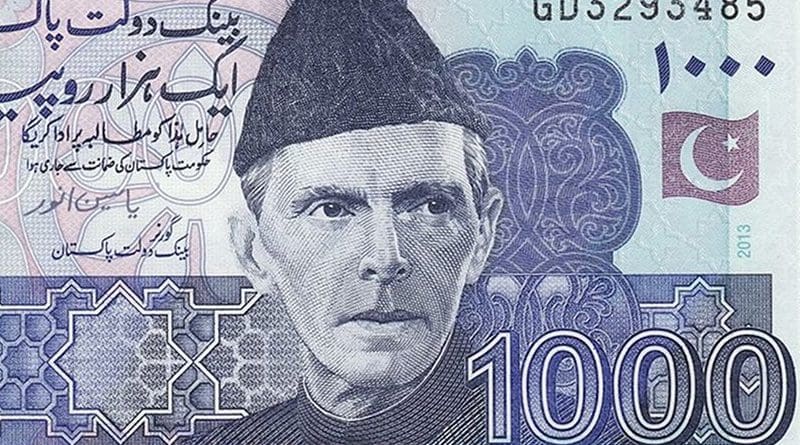Pakistan: Federal Budget Hoping Against Hope – OpEd
Certainly concerted efforts have been made to mend relationship with International Monetary Fund (IMF) while preparing Federal Budget for the next financial year. Intentions may be good but a lot will depend on the commitment and plans to meet the targets. Keeping in view the fragile nature of the coalition government, diversity in the mind set of party leaders and high commodity prices, there is many a slip between the cup and the lip.
The Government of Pakistan, in Federal Budget FY23 has set a GDP growth target at 5% and inflation at 11.5%. Many analysts say that the GoP will have to make extra efforts to achieve these targets, mainly because the central bank has already raised policy rate by 675bps another 100bps is anticipated in the name of tightening of monetary and fiscal policies.
The inflation target will also likely be missed as global commodity prices are likely to remain on upward trajectory. The inflation and Petroleum Development Levy (PDL) collection target are at odds. The PDL collection target has been set at Rs750 billion for FY23. There is hardly a realization that higher PDL collection will result in CPI outages, conversely efforts to contain CPI may result in shortfall in PDL collection.
Other than the aggressive PDL collection targets, which will likely be missed, the GoP has done well to protect masses from further inflationary pressures. Personal income taxes have also been relaxed which will improve purchasing power of the masses and help in face saving of the coalition government.
The tax collection target is a slightly lower than Rs7.3 trillion which was initially being reported in the press, but still represents a 17%YoY jump from estimated collections in FY22. Efforts have been made to make taxation more equitable, with new revenue measures targeting large landowners and the big corporates and retailers. However, little effort has been made to bring agriculture sector in the tax net.
The budget projects a uniform increase in all major taxation heads, including direct taxation, sales taxes, custom duties and FED but the most notable increase comes from the projected Rs750 billion collection of PDL. Given the soaring crude oil prices in international market, analysts see a likely shortfall in collection under this head which will need to be compensated elsewhere.
Similarly, target of GIDC for FY23 is set at Rs200 billion which is also less likely to be achieved. It may be recalled that the GoP had collected a paltry amount of Rs14 billion under this head during 9MFY22. Out of the incremental tax collection targeted for FY23, the new tax measures are estimated to bring in up to Rs375 billion whereas the remaining amount will be generated through growth in Nominal GDP.
The total outlay envisaged in the budget FY23 is Rs9.5 trillion; out of which current expenditures are targeted at Rs8.7 trillion, while the development expenditures are estimated at Rs808 billion. Of that, the Interest payments are estimated at Rs3.95 trillion, up 29%YoY. This constitutes a whopping 45% of current expenses and 42% of the overall expenses.
The defense expenditures are estimated at Rs1.5 trillion – up 11%YoY, which constitutes 18% of current expenses and 16% of overall expenditures.
Federal Pension expense is estimated at Rs530 billion – up 0.7% YoY as against revised estimates of Rs525 billion for FY22. Furthermore, government plans to setup a pension fund which is likely to fund pension expenditures going forward.
Subsidy disbursements are slated to shrink to Rs699 billion for FY23 from Rs1.5 trillion for FY22. To recall, GoP announced a generous package of subsidies on the consumption of fuel and electricity during 2HFY22 which resulted in the slippages under this head.
Analysts expect the total debt servicing cost to exceed the budgeted target of Rs3.1 trillion as the budget document estimates hefty contribution from external sources for budgetary funding. They expect heavier reliance on local sources for budgetary borrowings where the cost of debt will be higher, thus pushing the overall debt financing number even higher.

